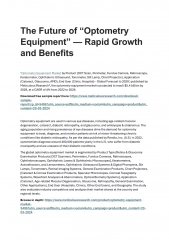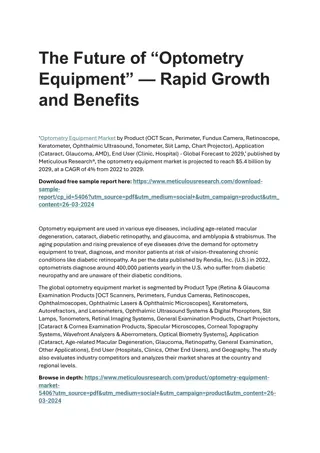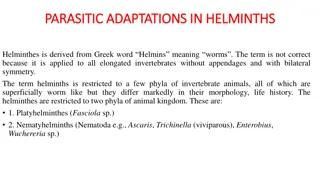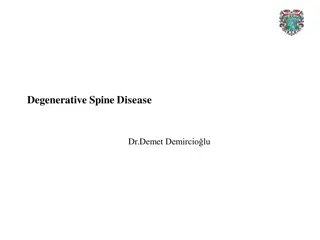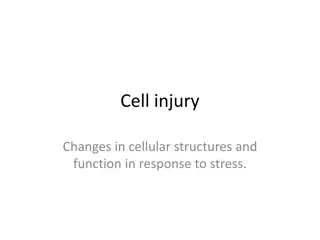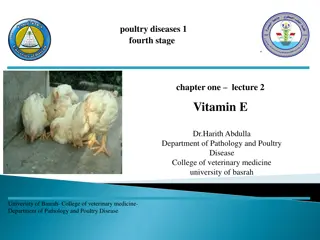
Wallerian Degeneration Process
Wallerian degeneration is an active process that occurs when a nerve fiber is cut or crushed, leading to degeneration of the axon distal to the injury. Learn about the mechanisms and stages of this process, which typically occurs 7 to 21 days after the lesion. Explore how axon degeneration and myelin clearance play key roles in this physiological response.
Download Presentation

Please find below an Image/Link to download the presentation.
The content on the website is provided AS IS for your information and personal use only. It may not be sold, licensed, or shared on other websites without obtaining consent from the author. If you encounter any issues during the download, it is possible that the publisher has removed the file from their server.
You are allowed to download the files provided on this website for personal or commercial use, subject to the condition that they are used lawfully. All files are the property of their respective owners.
The content on the website is provided AS IS for your information and personal use only. It may not be sold, licensed, or shared on other websites without obtaining consent from the author.
E N D
Presentation Transcript
StudyMafia.Org Wallerian Degeneration Submitted To: Submitted By: Studymafia.org Studymafia.org
Table Contents Definition Introduction Mechanisms of Wallerian Degeneration Stages of Wallerian Degeneration Conclusion 2
Definition Wallerian degeneration is an active process of degeneration that results when a nerve fiber is cut or crushed and the part of the axon distal to the injury (i.e. farther from the neuron's cell body) degenerates 3
Introduction It occurs between 7 to 21 days after the lesion occurs. After the 21st day, acute nerve degeneration will show on the electromyograph. Within a nerve, each axon is surrounded by a layer of connective tissue called the endoneurium. The axons are bundled together into groups called fascicles, and each fascicle is wrapped in a layer of connective tissue called the perineurium. 4
Mechanisms of Wallerian Degeneration Axon Degeneration Within approximately 30 minutes of injury, there is a separation of the proximal and distal ends of the nerve. After a short latency period, the transected membranes are sealed until degeneration which is marked by the formation of axonal sprouts. 6
Mechanisms of Wallerian Degeneration Myelin clearance Myelin is a phospholipid membrane that wraps around axons to provide them with insulation. It is produced by Schwann cells in the PNS, and by oligodendrocytes in the CNS. Myelin clearance is the next step in Wallerian degeneration following axonal degeneration. 7
Mechanisms of Wallerian Degeneration Clearance in PNS The response of Schwann cells to axonal injury is rapid. The time period of response is estimated to be prior to the onset of axonal degeneration. Neuregulins are believed to be responsible for the rapid activation. They activate ErbB2 receptors in the Schwann cell microvilli, which results in the activation of the mitogen-activated protein kinase (MAPK). 8
Mechanisms of Wallerian Degeneration Clearance in CNS In comparison to Schwann cells, oligodendrocytes require axon signals to survive. In their developmental Stages, oligodendrocytes that fail to make contact to axon and receive axon signals undergo apoptosis. 9
Mechanisms of Wallerian Degeneration Regeneration Regeneration follows degeneration. Regeneration is rapid in PNS, allowing for rates of up to 1 millimeter a day of regrowth.Grafts may also be needed to allow for appropriate reinnervation. It is supported by Schwann cells through growth factors release. CNS regeneration is much slower, and is almost absent in most vertebrate species. 10
Stages of Wallerian Degeneration Stage 1: degeneration of the axons and myelin sheaths with mild chemical changes (0-4 weeks) Stage 2: rapid destruction of myelin protein fragments that were already degenerated, lipids remain intact (4-14 weeks) Stage 3: gliosis replaces the degenerated axons and myelin sheaths, myelin lipid breakdown (>14 weeks) Stage 4: atrophy of the white matter tracts (months to years) 11
Conclusion Wallerian degeneration is a condition that causes the loss of peripheral nerve function (peripheral nerve disease) through degeneration of nerve cells. This condition has two main causes: 1) degenerative diseases affecting nerve cells, such as Friedreich's disease, and 2) traumatic injury to the peripheral nerves. 13
References Google.com Wikipedia.org Studymafia.org Slidespanda.com
Thanks To StudyMafia.org

